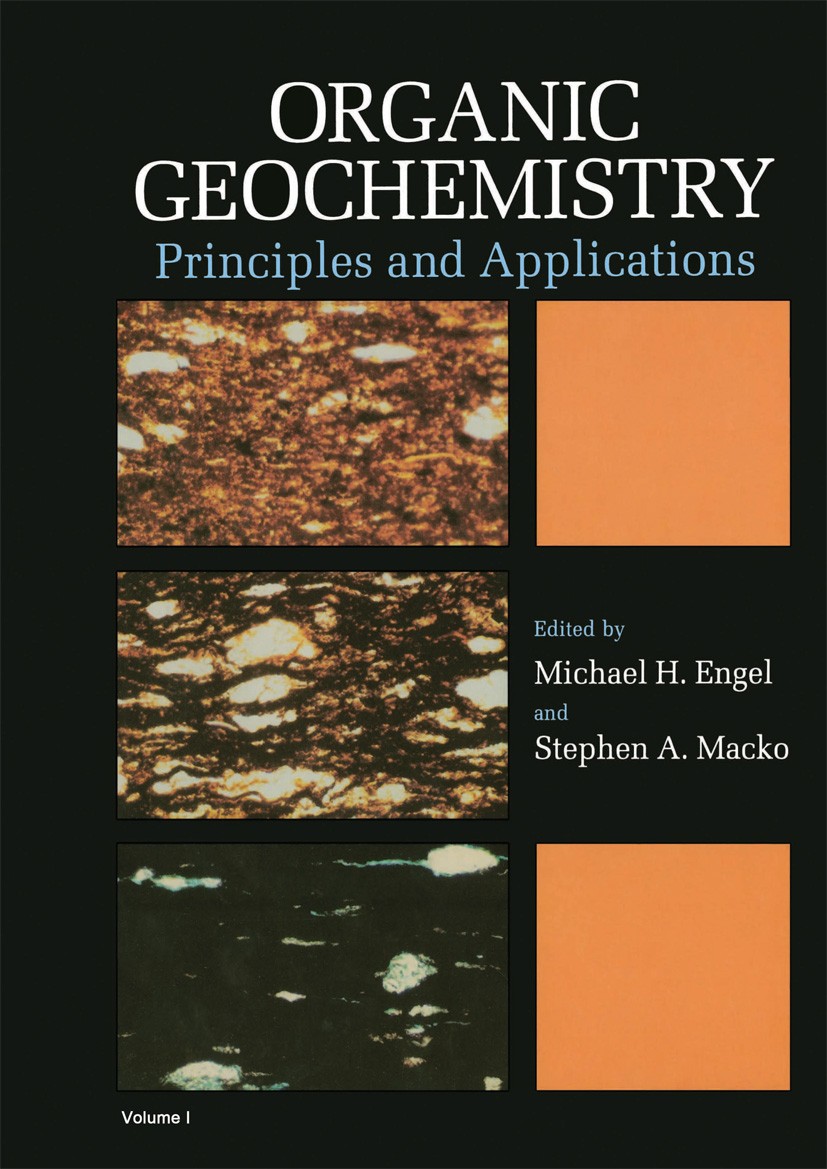The giant barrel sponge Xestospongia muta takes up dissolved organic matter from benthic cyanobacterial mats
IF 2.5
3区 地球科学
Q2 GEOCHEMISTRY & GEOPHYSICS
引用次数: 0
Abstract
With the decline of reef-building corals, other organisms are taking over Caribbean reefs, including sponges and benthic cyanobacterial mats (BCM). Sponges take up dissolved organic matter (DOM), but the sources and chemical characteristics of DOM taken up by sponges are unknown. One likely DOM source is benthic autotrophs, including BCM, which are prolific producers of DOM. We tested the hypothesis that sponges take up BCM-derived DOM using laboratory experiments in which seawater samples were collected before and after sequential incubations of BCM and small individuals of the giant barrel sponge Xestospongia muta. The concentration of DOC and relative abundance of individual features in the high resolution mass spectra using untargeted metabolomics were determined for each sample. There was a significant increase in DOC after BCM incubations, followed by a significant decrease after sponge incubations. These changes were mirrored in single feature relative abundances, with 2101 out of 3667 features significantly enriched during BCM incubations, and 54% of these (1142) depleted during sponge incubations. Among BCM-enriched and sponge-depleted features, many were halogenated, some were known BCM-derived secondary metabolites (e.g., carriebowmide, barbamide), and others matched unidentified sponge-depleted features from seawater samples collected on the reef. To our knowledge, this is the first report that sponges take up BCM exudates, including some that were detectable in reef DOM, revealing a path of molecules from source to sink through their environment. The BCM exudates taken up by sponges may be used as a food source or incorporated into sponge secondary metabolites for holobiont maintenance or chemical defenses.
巨大的桶状海绵Xestospongia muta从底栖蓝藻席中吸收溶解的有机物
随着造礁珊瑚的减少,其他生物正在接管加勒比海的珊瑚礁,包括海绵和底栖蓝藻垫(BCM)。海绵吸收溶解性有机物(DOM),但海绵吸收的DOM的来源和化学特性尚不清楚。一个可能的DOM来源是底栖自养生物,包括BCM,它们是DOM的多产生产者。我们通过实验室实验验证了海绵吸收BCM衍生DOM的假设,在BCM和巨型桶状海绵Xestospongia muta的小个体连续孵育之前和之后收集海水样本。利用非靶向代谢组学测定每个样品的高分辨率质谱中DOC的浓度和个体特征的相对丰度。BCM孵育后DOC显著升高,海绵孵育后DOC显著降低。这些变化反映在单个特征的相对丰度上,3667个特征中有2101个在BCM孵育期间显著富集,其中54%(1142个)在海绵孵育期间减少。在bcm富集和海绵耗尽的特征中,许多是卤化的,一些是已知的bcm衍生的次生代谢物(例如,carriebowamide, barbamide),而其他的则与在珊瑚礁收集的海水样本中未识别的海绵耗尽特征相匹配。据我们所知,这是第一个关于海绵吸收BCM渗出物的报告,包括一些在珊瑚礁DOM中可以检测到的,揭示了分子从源头到通过环境沉淀的路径。海绵吸收的BCM渗出物可作为食物来源或被纳入海绵次生代谢物中,用于生物维持或化学防御。
本文章由计算机程序翻译,如有差异,请以英文原文为准。
求助全文
约1分钟内获得全文
求助全文
来源期刊

Organic Geochemistry
地学-地球化学与地球物理
CiteScore
5.50
自引率
6.70%
发文量
100
审稿时长
61 days
期刊介绍:
Organic Geochemistry serves as the only dedicated medium for the publication of peer-reviewed research on all phases of geochemistry in which organic compounds play a major role. The Editors welcome contributions covering a wide spectrum of subjects in the geosciences broadly based on organic chemistry (including molecular and isotopic geochemistry), and involving geology, biogeochemistry, environmental geochemistry, chemical oceanography and hydrology.
The scope of the journal includes research involving petroleum (including natural gas), coal, organic matter in the aqueous environment and recent sediments, organic-rich rocks and soils and the role of organics in the geochemical cycling of the elements.
Sedimentological, paleontological and organic petrographic studies will also be considered for publication, provided that they are geochemically oriented. Papers cover the full range of research activities in organic geochemistry, and include comprehensive review articles, technical communications, discussion/reply correspondence and short technical notes. Peer-reviews organised through three Chief Editors and a staff of Associate Editors, are conducted by well known, respected scientists from academia, government and industry. The journal also publishes reviews of books, announcements of important conferences and meetings and other matters of direct interest to the organic geochemical community.
 求助内容:
求助内容: 应助结果提醒方式:
应助结果提醒方式:


